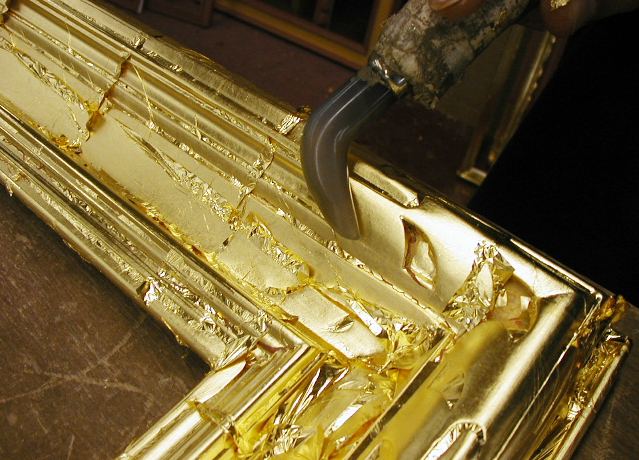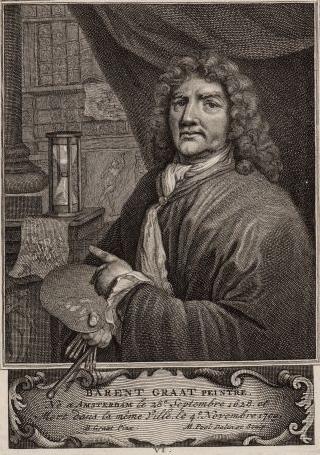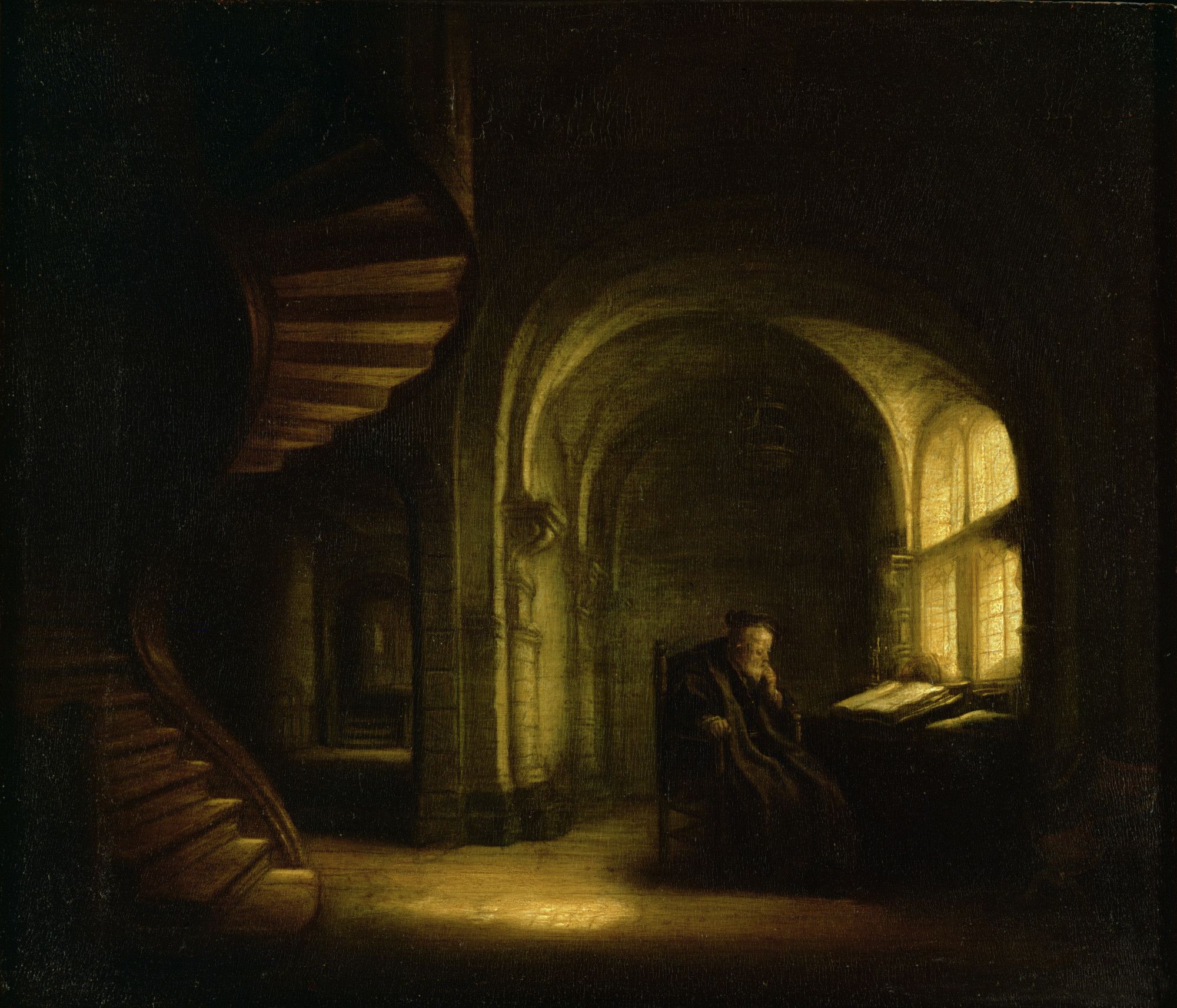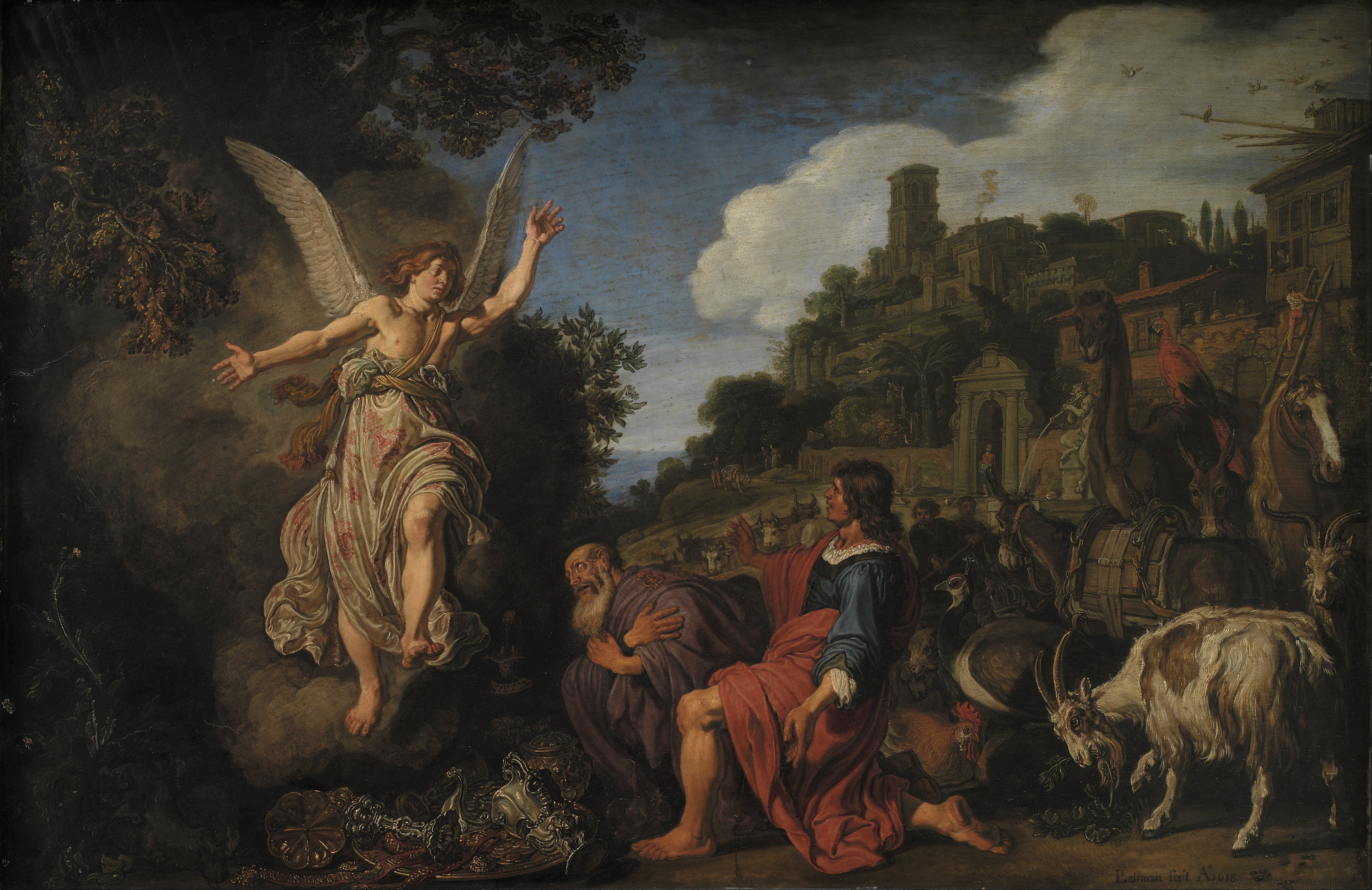|
Memorial Guild Cup (Adam Van Vianen)
The'' Memorial Guild Cup ''by Adam van Vianen is a 1614 silver-gilt covered ewer in the Rijksmuseum, commissioned by the Amsterdam goldsmiths' guild to commemorate the death of Adam's brother Paulus van Vianen.Covered beaker made for the Amsterdam silversmith's guild article by It is an iconic symbol of the auricular style developed by the two brothers. It has been described as "a strikingly original work that is largely abstract and completely sculptural in its conception", and quick ... [...More Info...] [...Related Items...] OR: [Wikipedia] [Google] [Baidu] |
Adam Van Vianen
Adam van Vianen (1568– 1627) was a leading silversmith of the early Dutch Golden Age, who trained as an engraver and was also a medallist. Unlike his brother Paul van Vianen, he spent little time away from his native Utrecht. Together they developed the auricular style which bridges the gap between Northern Mannerist and Baroque ornament. Biography Van Vianen was born and died in Utrecht. He was the oldest son of Willem Eerstensz. van Vianen, the brother of Paulus Willemsz. van Vianen and the father of Christian van Vianen. He probably trained with a local goldsmith, learning engraving, as most goldsmiths did. A handful of prints can be identified as his, including two portraits and a map of Utrecht. His earliest surviving piece of silver is a standing cup of 1594, now in the Hermitage Museum. On 12 October 1593, he married Aeltgen Verhorst, with whom he had a son. After his wife's death, he married Catharina van Wapenveldt, with whom he had three children. He is b ... [...More Info...] [...Related Items...] OR: [Wikipedia] [Google] [Baidu] |
Gilding
Gilding is a decorative technique for applying a very thin coating of gold over solid surfaces such as metal (most common), wood, porcelain, or stone. A gilded object is also described as "gilt". Where metal is gilded, the metal below was traditionally silver in the West, to make silver-gilt (or ''vermeil'') objects, but gilt-bronze is commonly used in China, and also called ormolu if it is Western. Methods of gilding include hand application and gluing, typically of gold leaf, chemical gilding, and electroplating, the last also called gold plating. Parcel-gilt (partial gilt) objects are only gilded over part of their surfaces. This may mean that all of the inside, and none of the outside, of a chalice or similar vessel is gilded, or that patterns or images are made up by using a combination of gilt and ungilted areas. Gilding gives an object a gold appearance at a fraction of the cost of creating a solid gold object. In addition, a solid gold piece would often be too so ... [...More Info...] [...Related Items...] OR: [Wikipedia] [Google] [Baidu] |
Collections Of The Rijksmuseum Amsterdam
Collection or Collections may refer to: * Cash collection, the function of an accounts receivable department * Collection (church), money donated by the congregation during a church service * Collection agency, agency to collect cash * Collections management (museum) ** Collection (museum), objects in a particular field forms the core basis for the museum ** Fonds in archives ** Private collection, sometimes just called "collection" * Collection (Oxford colleges), a beginning-of-term exam or Principal's Collections * Collection (horse), a horse carrying more weight on his hindquarters than his forehand * Collection (racehorse), an Irish-bred, Hong Kong based Thoroughbred racehorse * Collection (publishing), a gathering of books under the same title at the same publisher * Scientific collection, any systematic collection of objects for scientific study Collection may also refer to: Computing * Collection (abstract data type), the abstract concept of collections in computer sc ... [...More Info...] [...Related Items...] OR: [Wikipedia] [Google] [Baidu] |
Barend Graat
Barend Graat (21 September 1628, Amsterdam – 4 November 1709, Amsterdam),Barend Graat in the RKD was a Dutch painter of history- and altarpieces, and portraits in the Golden Age. He is also known as a and draughtsman. Biography |
Govert Flinck
Govert (or Govaert) Teuniszoon Flinck (25 January 16152 February 1660) was a Dutch painter of the Dutch Golden Age. Life Born at Kleve, capital of the Duchy of Cleves, which was occupied at the time by the United Provinces, he was apprenticed by his father to a silk mercer, but having secretly acquired a passion for etching and drawing, was sent to Leeuwarden, where he boarded in the house of Lambert Jacobszoon, a Mennonite, better known as an itinerant preacher than as a painter. Here Flinck was joined by Jacob Backer, and the companionship of a youth determined like himself to be an artist only confirmed his passion for painting. Amongst the neighbours of Jacobszon at Leeuwarden were the sons and relations of Rombertus van Uylenburgh, whose daughter Saskia married Rembrandt in 1634. Other members of the same family lived at Amsterdam, cultivating the arts either professionally or as amateurs. The pupils of Lambert probably gained some knowledge of Rembrandt by intercourse w ... [...More Info...] [...Related Items...] OR: [Wikipedia] [Google] [Baidu] |
Marcus Curius Dentatus Refuses The Gifts Of The Samnites
''Marcus (sic: Manius) Curius Dentatus refuses the gifts of the Samnites'' is a 1656 painting by Govert Flinck. It shows the Roman consul Marcus Curius Dentatus, preferring turnips to an offer of gold and silver objects, including the Memorial Guild Cup by Adam van Vianen. It hangs in the same spot for which it was painted, in the former mayors' rooms of the Royal Palace of Amsterdam. The commission Govert Flinck created this painting as a pendant to Ferdinand Bol's 1656 painting of Pyrrhus showing Gaius Fabricius the elephant.Cat. nr. 761 ''Marcus Curius Dentatus versmaadt het aangeboden goud voor een gerecht van rapen'', in "Hollandse schilders in de Gouden Eeuw", by Bob Haak, 1984 It was probably the result of a competition in scenes of good government for the new city hall of Amsterdam. Both paintings were a success, considering they have remained in place through the centuries, despite the building being repurposed to become a palace residence for Louis Bonaparte during ... [...More Info...] [...Related Items...] OR: [Wikipedia] [Google] [Baidu] |
The Continence Of Scipio (Gerbrand Van Den Eeckhout)
''The Continence of Scipio'' ( nl, De grootmoedigheid van Scipio) is a c. 1653 painting by Dutch artist Gerbrand van den Eeckhout. It shows the continence of Scipio and is now in the collection of the Rijksmuseum in Amsterdam. Description The painting shows the moment when Scipio informs the groom that he can have his bride, as well as the riches that the bride's parents have just paid in ransom. Of the riches displayed, the Memorial Guild Cup, a famous silver ewer by Adam van Vianen, is also in the Rijksmuseum collection. Van den Eeckhout made another version of the same subject, that also features the ewer (lying on its side), which is now in the collection of the Toledo Museum of Art: File:Gerbrand van den Eeckhout - The Magnanimity of Scipio.jpg, Toledo version File:Adam van Vianen - Memorial Gilded Ewer for Amsterdam Guild in Memory of his Brother BK-1976-75.jpg, The ewer This painting is one of several paintings in the collection of art dealer D. Katz that were taken to ... [...More Info...] [...Related Items...] OR: [Wikipedia] [Google] [Baidu] |
Salomon Koninck
Salomon (de) Koninck (1609 – buried 8 August 1656) was a Dutch painter of genre scenes and portraits, and an engraver. Koninck was born in Amsterdam, the son of a goldsmith, originally from Antwerp, and was a nephew of Philips de Koninck. Salomon became a pupil of Pieter Lastman, David Colijns, François Venants and Claes Corneliszoon Moeyaert. From 1630 he was a member of the Sint Lucasgilde. He moved in the circles of Rembrandt and the academy of Hendrick van Uylenburgh, making many copies of Rembrandt's compositions. His paintings have a warm colour palette and include many "philosophers" or scholars. Perhaps one of the better known of these is the ''Philosopher with an Open Book'' at the Louvre The Louvre ( ), or the Louvre Museum ( ), is the world's most-visited museum, and an historic landmark in Paris, France. It is the home of some of the best-known works of art, including the ''Mona Lisa'' and the ''Venus de Milo''. A central l ... that was long attribu ... [...More Info...] [...Related Items...] OR: [Wikipedia] [Google] [Baidu] |
Adoration Of The Magi (Salomon Koninck)
''The Adoration of the Magi'' (Dutch: ''Aanbidding der wijzen''), is a circa 1645 oil on panel painting of the Nativity by the Dutch artist Salomon Koninck in the collection of the Mauritshuis in The Hague.painting record in the RKD Painting The Adoration of the Magi shows a nocturnal scene with Mary bending over the Child while the gifts of gold, frankincense and myrrh are presented by the three kings Melchior, Caspar and Balthazar with their entourages in procession. The robes of Melchior and Caspar are held by boys, continuing an Antwerp pictorial tradition started by . Caspar is holding the[...More Info...] [...Related Items...] OR: [Wikipedia] [Google] [Baidu] |
Isaac Blessing Jacob (Gerbrand Van Den Eeckhout)
''Isaac Blessing Jacob'' is a 1642 religious painting by Gerbrand van den Eeckhout. It shows Jacob kneeling at the bed of his blind father Isaac under the watchful eye of his mother Rebecca as he receives his brother Esau's blessing. It is in the collection of the Metropolitan Museum of Art. Description The painting shows the biblical story quite literally, with Jacob wearing his older brother's "best jacket" (which is too large) and his hands and neck have been covered in goatskin. On his back is a hunting quiver of arrows, but on the floor is a bow that has its string loose, indicating that it couldn't have been used in its current state. On a side table covered with a carpet, a still-life arrangement with napkin, salt-cellar and wine flask accompany Jacob's "tasty goat meat". The most prominent item on the table is the ewer of the Amsterdam silversmith's guild, a famous silver object that itself shares a brotherly theme. Van Eeckhout's father was a member of the silversmith's ... [...More Info...] [...Related Items...] OR: [Wikipedia] [Google] [Baidu] |
Jan Tengnagel
Jan Tengnagel (bapt 9 September 1584– buried 23 March 1635) was a Dutch draughtsman and painter. Jan Tengnagel (1584-1635) is one of the lesser known history painters of the early seventeenth-century group in Amsterdam centered around Pieter Lastman, who were of great importance to Dutch painting. That he is not well known is probably due to his very limited oeuvre. Tengnagel born and died in Amsterdam Amsterdam ( , , , lit. ''The Dam on the River Amstel'') is the capital and most populous city of the Netherlands, with The Hague being the seat of government. It has a population of 907,976 within the city proper, 1,558,755 in the urban ar ..., but traveled and lived in Rome, Italy, between 1608 and 1611. He painted mainly biblical and other religious works. Born in Amsterdam in 1584, Tengnagel probably trained under Frans Badens. In the summer of 1608 he was in Rome and in 1611 he married a sister of the painters Jan and Jacob Pynas. In 1612 he became a sergeant ... [...More Info...] [...Related Items...] OR: [Wikipedia] [Google] [Baidu] |
Pieter Lastman
Pieter Lastman (1583–1633) was a Dutch painter. Lastman is considered important because of his work as a painter of history pieces and because his pupils included Rembrandt and Jan Lievens. In his paintings Lastman paid careful attention to the faces, hands and feet. Early life Pieter Lastman was born in Amsterdam. He was the fourth child of Pieter Segersz, (1548-1624), a town-beadle who was dismissed in 1578 for being a Catholic. His mother, Barber Jacobsdr, (1549-1624) was an appraiser of paintings and goods. Education and Italy His apprenticeship was with Gerrit Pietersz Sweelinck, the brother of Jan Pieterszoon Sweelinck. Between approximately 1604 and 1607 Lastman was in Italy, where he was influenced by Caravaggio (as were the painters of the Utrecht School a few years later) and by Adam Elsheimer. Back in Amsterdam Back in Amsterdam he moved in with his mother in the Sint Antoniesbreestraat, living next to mayor Geurt van Beuningen. Lastman never married ... [...More Info...] [...Related Items...] OR: [Wikipedia] [Google] [Baidu] |





